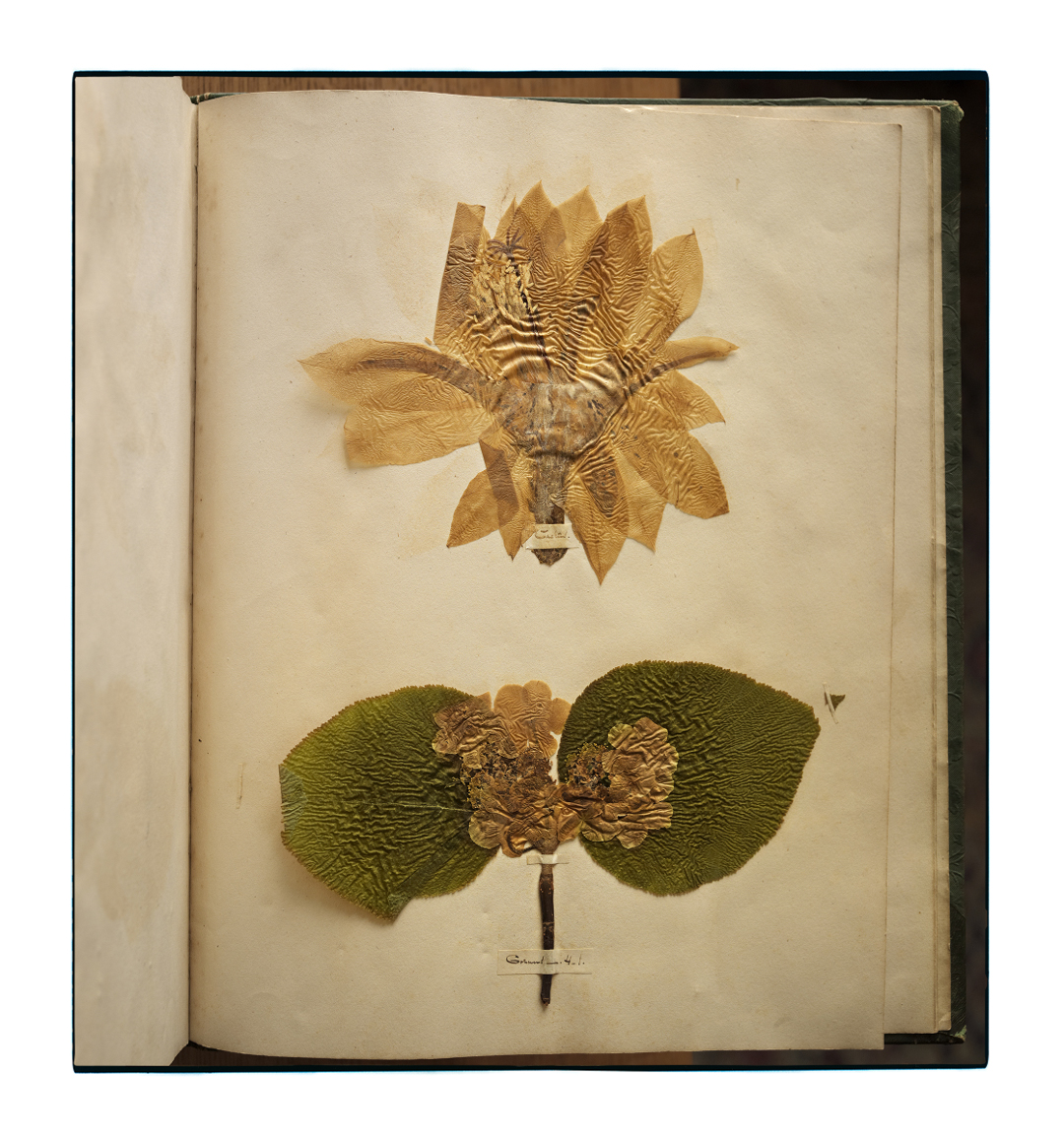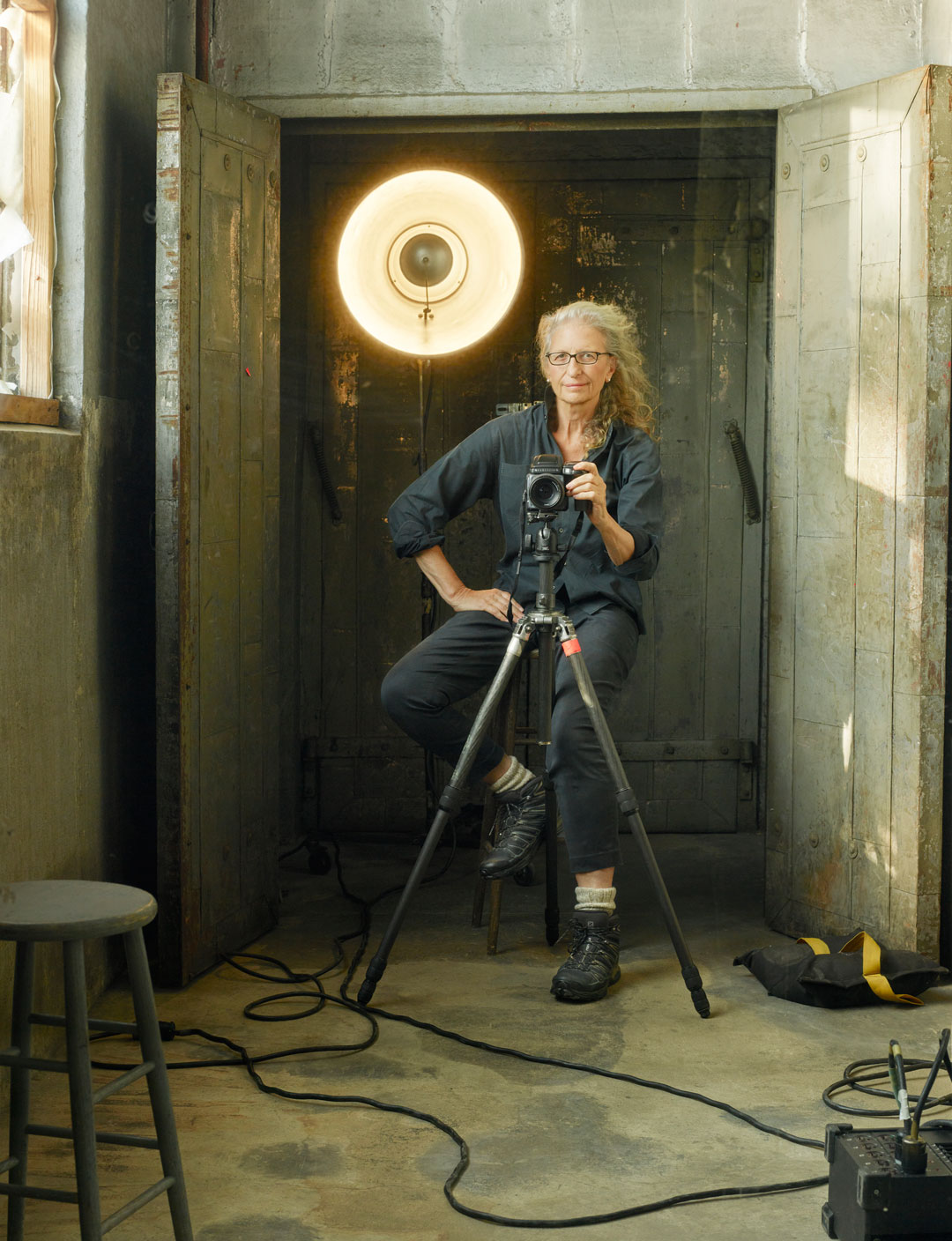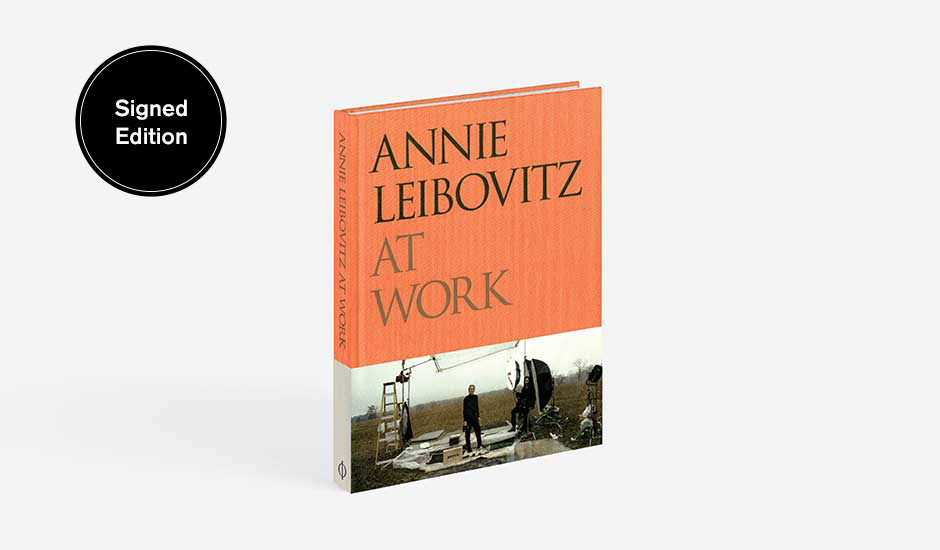
How Annie Leibovitz captured Emily Dickinson’s absence
This photograph of the poet’s pressed-flowers album serves as a tribute to not one, but two, writers
Emily Dickinson is almost the complete opposite of the kind of person Annie Leibovitz is best know for photographing. The American 19th century poet shunned attention and success, publishing very few of her poems during her lifetime and lived for most of her life as a recluse in Amherst, Massachusetts.
So, perhaps it shouldn’t surprise us that Leibovitz turned to Dickinson as an antidote to her commercial practice, in a series of photographs called Pilgrimage.
“The Pilgrimage pictures have no people in them,” Leibovitz explains in her new book Annie Leibovitz At Work. “If you are on an assignment for a magazine, there are always agendas. I care about my assignment work, but I wanted to try working without that kind of pressure. I wanted to take pictures just because I saw them.”
The subjects in this series include Georgia O’Keeffe’s house in New Mexico, Martha Graham’s costumes and props room, Thomas Jefferson’s vegetable garden, and Mies van der Rohe’s Farnsworth House.

However, there’s another, equally absent figure in this series: Leibovitz’s late partner, the writer Susan Sontag.
“Pilgrimage originated from the idea that Susan and I had several years ago for a project that would take us to places we cared about and wanted to see,” Leibovitz writes. “After Susan died [in December 2004], I knew that I could do that project, but as time passed, I realized that I might do a project with a different list of places. My list would, inevitably, be influenced by Susan.”
Emily Dickinson was Sontag’s favourite poet, and so a trip to Dickinson’s home seemed apt. Indeed, Leibovitz made a number of return trips, and got to know the historic house museum’s curators, enabling her to dig even deeper into Dickinson’s personal effects.
In particular, Leibovitz was interested in Dickinson’s herbarium, or collection of pressed plant specimens, that she had begun to collect as a young girl. Annie tracked this down to Harvard, and eventually gained access to Harvard’s special, climate-controlled Emily Dickinson Room, to examine the book of pressed flowers that Emily made.
“The specimens were mounted in an album bought from a stationery store,” Annie remembers. “They were brittle and prone to crumbling, and the book usually resides in a vault. I photographed a few pages, very gingerly.”

This delicate image, which is included in our new book alongside many others from this series, and plenty more too. To see it all order a copy of Annie Leibovitz At Work here.